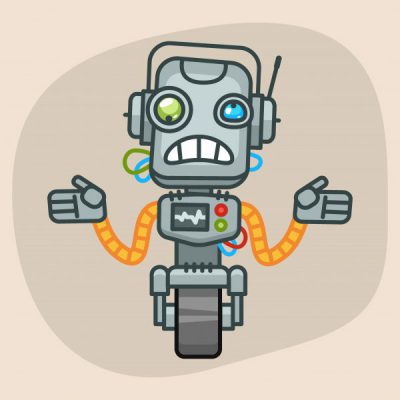
AI is one of the most widely talked about yet poorly understood terms in organizations. While over 50% of organizations considered AI a priority in 2019, 77% of organizations are failing to successfully adopt AI-enabled solutions. Having a poor definition is a key contributor to this problem.
The broadest definition of AI is software that can learn, reason, and adapt based on a large variety of data types. Learning refers to the ability to infer rules from large data sets; reasoning refers to the ability to apply these rules on novel and new situations it may not have been exposed to before; and adapting refers to the ability to adjust the application of these rules based on performance and new data. In addition to this definition, AI has four broad goals: detecting patterns, predicting and categorizing, recommending, and reacting intelligently. Part of what makes this definition problematic is that the same goals overlap with analytics. In my experience, it comes down to the complexity of the data on which AI is being used. For example, making a financial forecast based on a series of transactions would hardly be considered AI, while simply detecting a face in an image is largely considered an application of AI. This video provides a brief explanation of where analytics end and AI picks up.
Cal Al-Dhubaib is Chief Data Scientist and Managing Partner at Pandata.